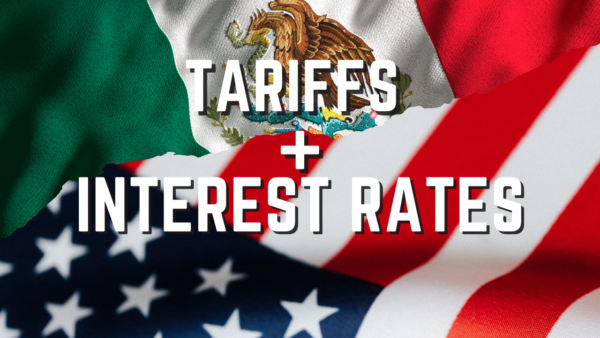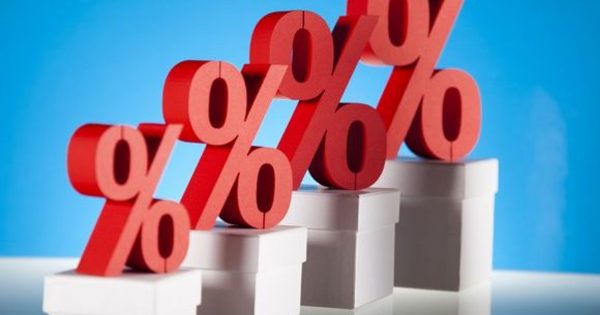Fiscal policy falters at a time of need.
(Editor’s note: This column was originally published in the September issue of The Cannata Report and was only accessible to subscribers. Because of the popularity of the Economics Matters column, we are making it available to all readers for a limited time.)
Given the enormous uncertainties, both financial and epidemiological, facing families and businesses, the economic recovery that began this spring is a fragile one and in need of careful nurturing.
Unfortunately, recent developments have worked to undermine it. First, a surge in new cases and deaths that began in June in Sun Belt states has slowed the economic momentum in those regions. Second, Congress and the White House have failed in their negotiations to provide for additional fiscal stimulus.
Those negotiations were expected to produce a new round of stimulus checks to households. More importantly, the failure to enact new legislation has caused the extra benefits tied to the unemployment insurance programs to lapse. The extra benefits included an additional $600 per week for unemployed workers. Those benefits were providing an extra $1 trillion dollars in income (on an annualized basis) as of June, the most recent month for which income data are available.
That extra $1 trillion dollars amounts to about 5% of income. A reduction in purchasing power of that magnitude is a major blow to the economy. Some households will be able to partially offset it by dipping into savings. However, over the next few months the lapsing of this benefit will exert a significant drag on consumer spending. The president did sign an executive order that replaces about half of the extra $600 per week. However, states have been slow to sign up for it. Even if they do, there will still be a drop in purchasing power of about half a trillion dollars. This makes it likely that consumer spending will contract this fall.
Data on the labor force illustrate the tenuous and incomplete nature of the recovery so far. As of July, the unemployment rate had declined to 10.2% from its peak of 14.7% in April. However, since the beginning of the pandemic, 4.7 million people have dropped out of the labor force. If these people had not given up looking for work and remained in the labor force, the unemployment rate would be 12.8%. Regardless of the method used to calculate the amount of slack in the labor market, a huge number of previously employed workers are no longer employed, and even with skillfully designed and executed economic policy it will take years before a full recovery is achieved.
The increasingly uncertain economic outlook contrasts with the stock market, which has surged to record highs. Financial markets generally have received a boost from enormous purchases of securities by the Federal Reserve. Assets held by the Federal Reserve have increased from slightly over $4 trillion in February to $7 trillion by mid-August. One of the credit facilities set up by the Federal Reserve in response to the pandemic allows it to purchase up to $250 billion in corporate bonds. Although these purchases are restricted to investment grade bonds, they have worked to bring down borrowing costs for lower-rated borrowers as well. This has facilitated a surge in corporate borrowing.
The equity market has benefited indirectly through the effects that the Federal Reserve’s actions have had on bond markets. With bond yields falling, investors have shifted into stocks. This sequence represents a fairly standard transmission mechanism for monetary policy. However, it has been turbocharged in this instance by the magnitude of the Fed’s securities purchases.
There is one element of this transmission mechanism that bears mentioning. It works via a trickle-down effect. Holdings of stocks and bonds in this country are concentrated among the wealthy. Monetary policy works largely by increasing the value of their financial assets. The rest of the economy eventually gets a boost when they spend more because of that increase in wealth.
It need not be that way. There are other options that the Federal Reserve and other policymakers in Washington could have pursued. The Fed could pledge to finance any fiscal stimulus by purchasing the amount of U.S. Treasuries needed to pay for that stimulus. In this way, monetary policy would be put to work to directly increase the purchasing power of ordinary Americans rather than through some sort of trickle-down mechanism. In contrast, the current approach works mainly by benefiting holders of stocks and bonds, a group distinctly wealthier than the average American.
This is an important consideration because it is likely that aggressive support measures from the Federal Reserve, the White House, and Congress will be needed over the next year. Public support for stimulus measures faltered after the 2007-2008 crisis even though the economy was far from full employment. The perception that the stimulus was not fair to ordinary people led to a populist revolt, exemplified by the rise of the Tea Party and similar groups. The need for a politically sustainable government response is one of the important lessons from the last crisis. The policy response in its current form risks triggering a similar backlash, perhaps more specifically directed at the Federal Reserve.
It is also likely that this crisis will be accompanied by social changes and dislocations that will be more far-reaching than those that followed the 2007-2008 crisis. There are already signs of major shifts in preferences regarding where people live and work. Vacancy rates are rising sharply in places like New York and San Francisco. Moving companies report a brisk business. The home office, already a feature of many residences, is likely to become a more integral part of people’s lives. Companies that provide the equipment and software needed for this shift will ultimately see an even greater boost to their business than the moving companies.
The COVID-19 pandemic has also brought into sharper focus certain fault lines in American society. The disparities in the effects of COVID-19 on minority communities have highlighted deficiencies in access to healthcare. While the response, in this case, will be determined by public policy, it seems likely that efforts will be made in the next few years to improve accessibility to medical care for all Americans.
Other potentially profound changes are also likely in disparate areas, from entertainment to media to education. The details of those changes, however, remain far from clear. COVID-19 has been a sort of earthquake that has shaken many key institutions, including the economy, to their foundations. Dealing with it has been and will continue to be stressful for both individuals and those institutions. At the same time, the next few years are also likely to be a time when a great deal of change and experimentation will take place in various professions and in government policy. It is a time that calls for a certain amount of creativity and imagination, not least in the business world.
Access Related Content
Visit the www.thecannatareport.com. To become a subscriber, visit www.thecannatareport.com/register or contact cjcannata@cannatareport.com directly. Bulk subscription rates are also available.




